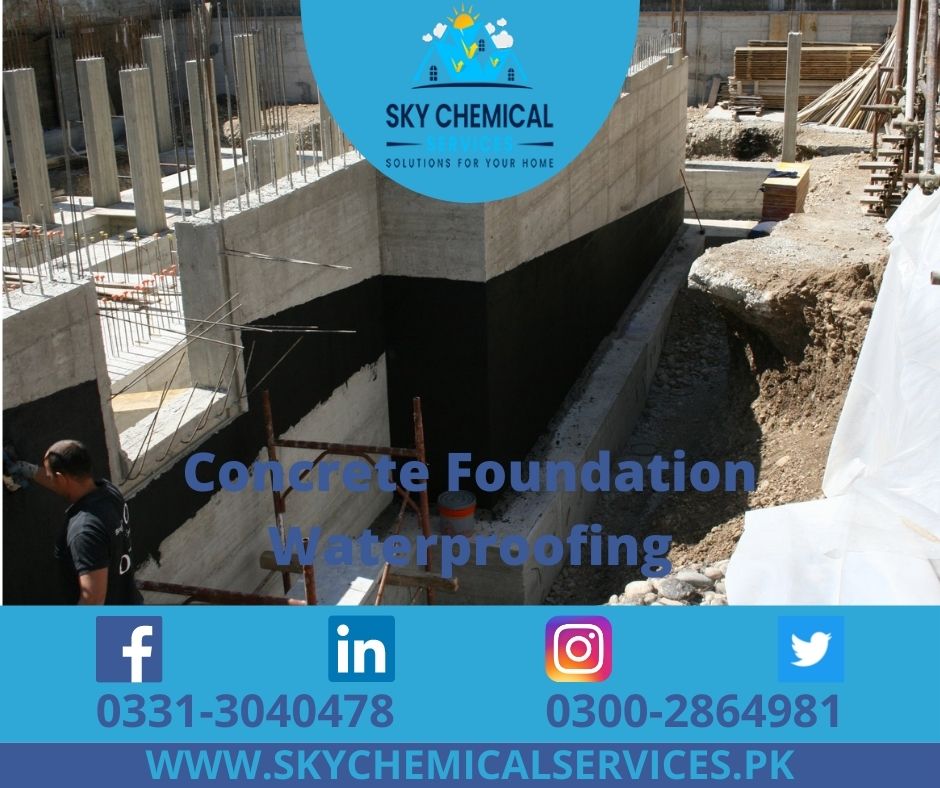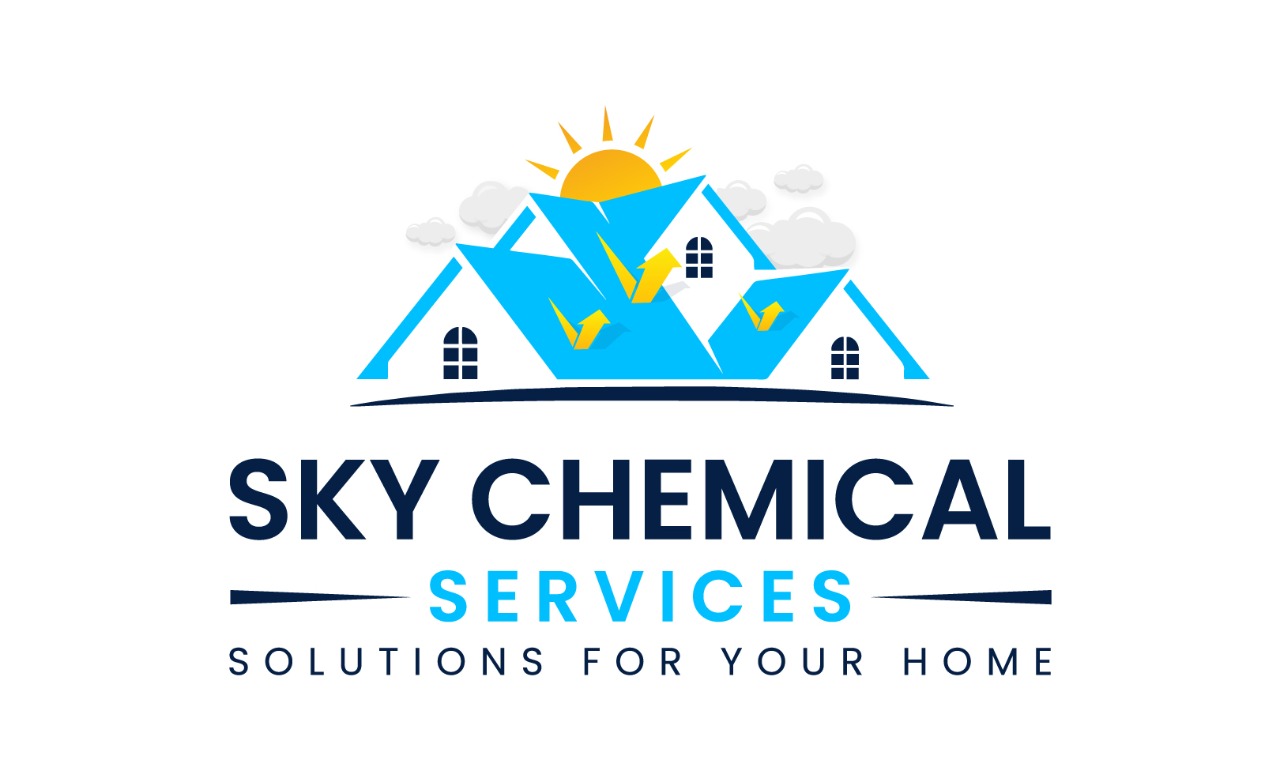
A foundation problem is one of the worst things that can happen to a residential or business structure. The most significant component of a building are its foundations, which are exactly what homes are built on and what keeps it standing. When a foundation problem arises, it necessitates a costly and time-consuming solution. Concrete foundation waterproofing prevents water ingress, safeguards structures, and ensures a dry and secure subterranean environment for durability.
Water is the most dangerous source of foundation concerns in the majority of cases. There are two main reasons for this: firstly, moist foundation soil can lose strength and cause mold difficulties and secondly, it makes the interior spaces a bit problematic. Its solution is based on Reinforced Concrete which keeps the water away from the foundations.
Steps to Concrete Foundation Waterproofing
No one will argue that it is well worth the effort and money to invest in excellent concrete foundation waterproofing as part of the project design, rather than having to return to the site, excavate it, and correct the problem. It’s crucial to get it correctly the first time around and it’s important to remember that the waterproofing barrier is just one aspect of a larger, more comprehensive water-proofing system. If you want to know more about it, give a call on Sky Chemical Services and we will cater to your needs.
Why does foundation waterproofing in Karachi have no substitute?
What causes basement flooding and how foundation waterproofing in Pakistan fixes it?
What’s the right time to avail basement waterproofing in Pakistan?
On-Grade and Below-Grade Drainage
This section covers the drainage pipelines that transport water away from the foundations’ bottoms, as well as the ground surface treatment that directs surface water away. As per construction rules, drainage must be installed prior to any concrete foundation waterproofing work. In fact, no waterproofing system will work without sufficient drainage, to the point that a waterproofing product will not guarantee his product if the drainage is inadequate or non-existent. Drainage must be done on two levels: above ground and below ground. The first line of defense against a moist interior space underneath is the ground at the top of the foundation walls.
We offer some suggestions for implementing water drainage at the ground level based on our many years of experience working with waterproofing contractors:
- Keep rainwater from accumulating near the foundations by installing a gutter and downspout system.
- Next to the foundation walls, use compact backfill.
- Water should be directed away from the home by sloping.
- Keep in mind that even well-graded surfaces can shift over time, so the ground surrounding your home may need to be examined periodically.
Installation of the waterproofing barrier
The waterproofing barrier is then applied to the foundation walls. Before we do that, we need to evaluate the surface of the walls and use an anti-shrinkage mortar to patch any cracks larger than 14″ or 6mm. Furthermore, having clean and dry walls is critical for the efficacy of the waterproofing product. Remove any dirt, loose or weak materials, or other substances that could obstruct the waterproofing system’s ability to function. Waterproofing foundations can be done using a variety of technologies, including bitumen modified felts, cementitious coating systems, elastomeric systems, and more.
Safety
Safety must always be at the forefront of our minds, as it should be in any work. Even more so when the intervention’s nature includes the existence of components that could harm the people involved. In reality, several waterproofing compounds are solvent-based, which means they must be kept away from any source of ignition. Also, if those products come into direct touch with the users’ skin or are breathed in by the workers, it will give an adverse effect.
Conclusion
Concrete waterproofing is one of the most crucial steps in maintaining the structure’s balance and erection. It works primarily with the drainage lines installed before any construction can be done. Also, waterproofing compounds are mostly solvent-based and needs to be kept away from fire or any flammable machine.
If you want to know more about our services, visit (https://skychemicalservices.pk/)
